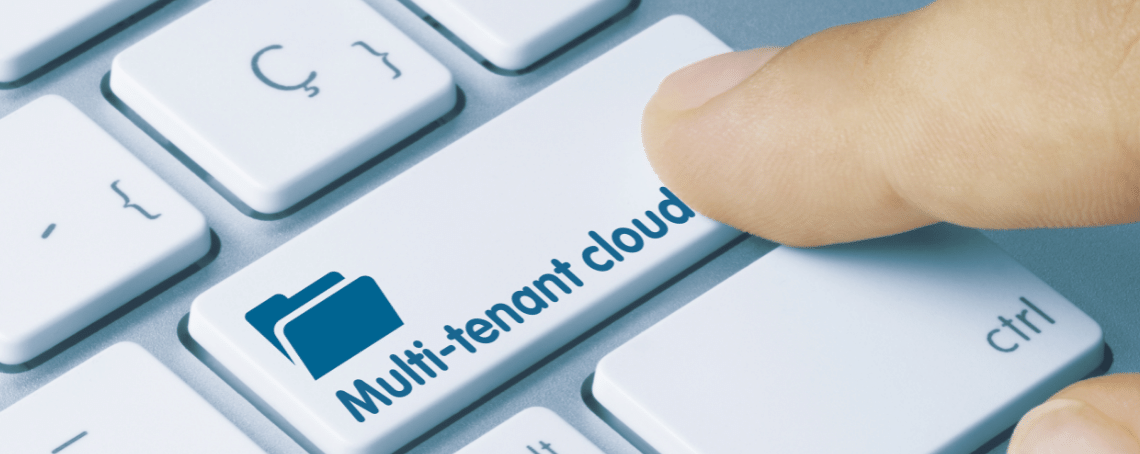In 2020, SAAS (Software as a Service) has become a preferred distribution mode for marketing ERP (Enterprise Resource Planning) systems. Indeed, in just a few years, the Saas model has seen a growth of 30%, a trend that continues to rise. This confirms that the use of the cloud is increasingly appreciated by businesses. There are many reasons for this success, but one that is increasingly talked about is multi-tenancy.
What is multi-tenancy, and why has this type of architecture become essential for businesses? This is what G4 proposes to discover in this new article.
WHAT IS MULTI-TENANCY?
In the IT world, the term multi-tenancy or multi-entity refers to a software architecture principle that allows a software to serve several client organizations from a single installation.
Did you know? Software developed with a multi-tenant architecture allows multiple users from different entities to share a single technical installation.
Users (entities) often share a common view or specific features.
Furthermore, with a multi-tenant architecture, your software is composed of different spaces, and each entity has access to the part that is specific to them.
G4 helps you understand the concept of multi-tenancy. In this new article, you will discover in detail the advantages of multi-tenant architecture.
But first, a little terminology lesson.
The term “tenant” in English can be likened to the term “renter” in French. And just like renters in a building, members share common areas and resources of the building while being isolated from others in their own apartments.
WHAT ADVANTAGES DOES MULTI-TENANCY OFFER YOU?
G4 has identified 3 advantages of multi-tenant architecture. Thanks to it, your business will be able to:
1/ OPTIMIZE ITS COSTS AND RESOURCES
This type of software reduces the total cost of ownership. You can add a user/entity without having to unlock astronomical budgets. You consolidate all data within the same DataCenter. A real advantage in itself.
2/ SIMPLY UPDATE ITS INFORMATION SYSTEM
With multi-tenant architecture, deploying an update is much faster.
3/ WORK WITH MORE FLEXIBILITY
ERP software developed on a multi-tenant architecture offers the advantage of being more flexible. You configure and customize your spaces simply. You can easily adapt to specific needs or requests. And this, without risking disturbing the common base of the different users.
IN SUMMARY
Given the many advantages it offers, multi-tenant architecture is emerging as a viable and sustainable solution for businesses. To discover the entire Infor offer, click here.
